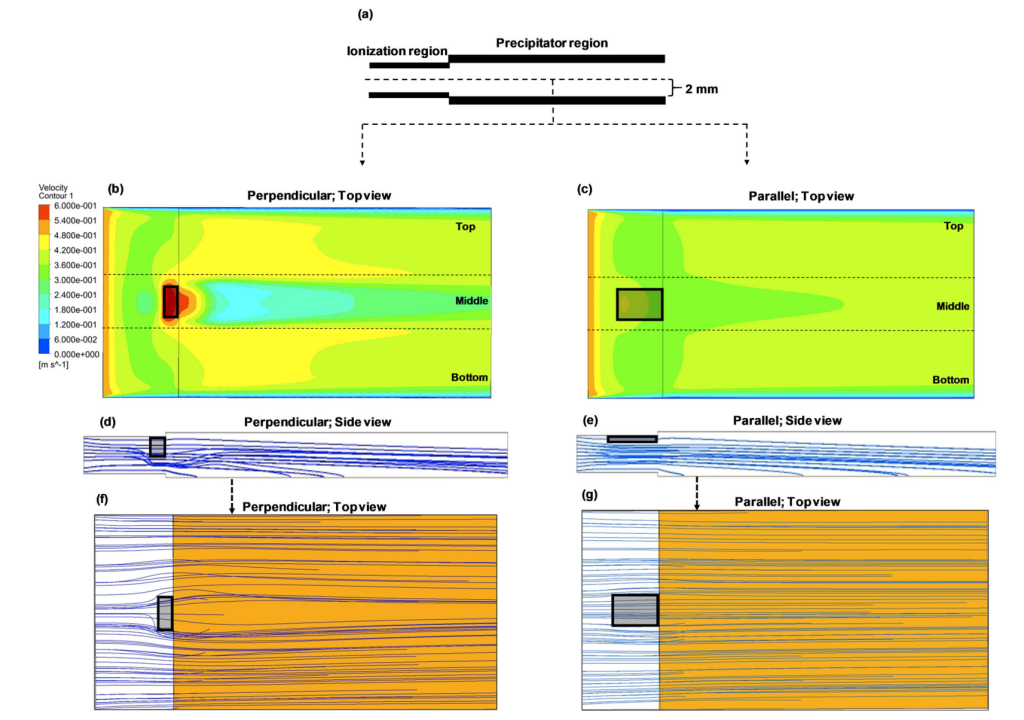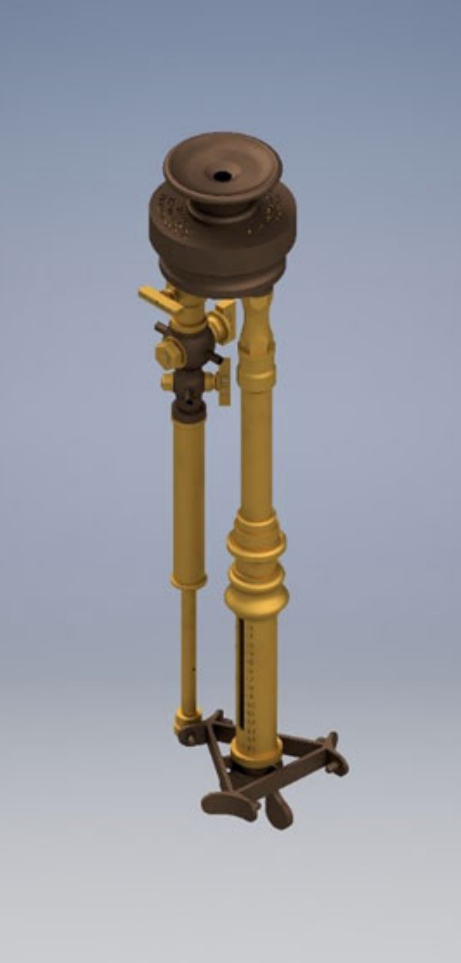Below are some of the recent topics Dr. Dhaniyala and his lab have been exploring!
“Design and Evaluation of a new Electrostatic Precipitation-Based Portable Low-Cost Sampler for Bioaerosol Monitoring”

Abstract
The importance of bioaerosols to human and ecosystem health is evident as we tackle the on-going coronavirus pandemic. Understanding the airborne migration of pathogens and the consequent transmission of diseases such as COVID-19 requires an ability to monitor bioaerosols at high spatio-temporal resolution. For such monitoring, there is an immediate need for bioaerosol samplers that are easy to deploy and optimized for downstream analysis. In this study, we introduce a small, inexpensive, low-power, and a low-pressure drop device, called TracB, that integrates low-cost aerosol sensing with bioaerosol sampling using electrostatic precipitation technique. The device was designed for an efficient collection of particles in the size range of 0.01–10 mm, making it suitable for a wide range of downstream microbial analysis. A low-cost particle charger has been integrated with the device to improve the collection efficiency of the sampled particles. The performance of the device was tested with Bacillus thuringiensis var. kurtsaki (Btk) as the biological test organism for different operating conditions. The ability of the device to efficiently collect bio-particles when the charger was oriented parallel to the particle flow was confirmed with computational fluid dynamics simulations. Over 50% of biological and nonbiological test particles were collected in the device when operated with an ionizer and a precipitation electric field of 8 kV/cm. Our results demonstrate the potential of the device to be used as an autonomous unit suitable for long-term air sampling at diverse indoor and outdoor locations.
“Performance Characteristics of the Low-Cost Plantower PMS Optical Sensor”
Abstract
Low-cost sensors have become very popular in recent years for monitoring air pollutants. Commonly, they are calibrated by correlating their signals with reference instrument measurements and using a machine learning model to account for the influence of air properties. As particle properties vary over location, such calibration models are only relevant to measurements made at the calibration location during a limited time period. For a more general operation of these sensors it is critical that their measurement performance is established using the calibration approaches commonly for research grade instruments. Without loss the generality, here we conducted an experimental study with size-classified, composition and concentration varied particles to determine the response function of a popular low-cost sensor, Plantower PMS5003. The sensor response in all the size channels is analyzed using Tikhonov regularization and quadratic programing method with the constraints of nonnegative and monotonic response with particle size. We show that the shape of the response function is closely related to the light scattering response, consistent with what might be expected for an optical sensor. The response function shows that signals in all size channels have a complex dependence on particle material and size distribution. Accurate determination of particle mass and number distributions from the sensor signals in different channels is, thus, not straightforward. The response function calculation is validated by comparing sensor measured and predicted signals using polydispersed particles. The obtained response functions provide critical insight into the operation of a popular low-cost sensor and guidance on interpretation of its results.
“The Aitken Counter: Revisiting its Design and Performance Characteristics”
Abstract
Advances in aerosol science have often been driven by innovations in aerosol instrumentation. Our ability to make real-time, multi-dimensional measurements of particle properties can be attributed to the development of a few important techniques throughout the history of aerosol science. One measurement technology that can be considered the father of aerosol instruments is the portable Aitken counter (PAC). The development of the PAC resulted in the first extensive field measurements of concentrations of particles smaller than those detectable using light microscopes. Prior publications have looked at the historical development of techniques related to measurement of one aerosol property. Here, we extend those previous historical studies by revisiting the design of the PAC and establishing its performance relative to existing instruments. This study provides a reference to educators who start their instrumentation course with a historical note about Aitken Particle Counters or researchers interested in quantifying changes in air quality over the time periods consistent with climate change studies.
